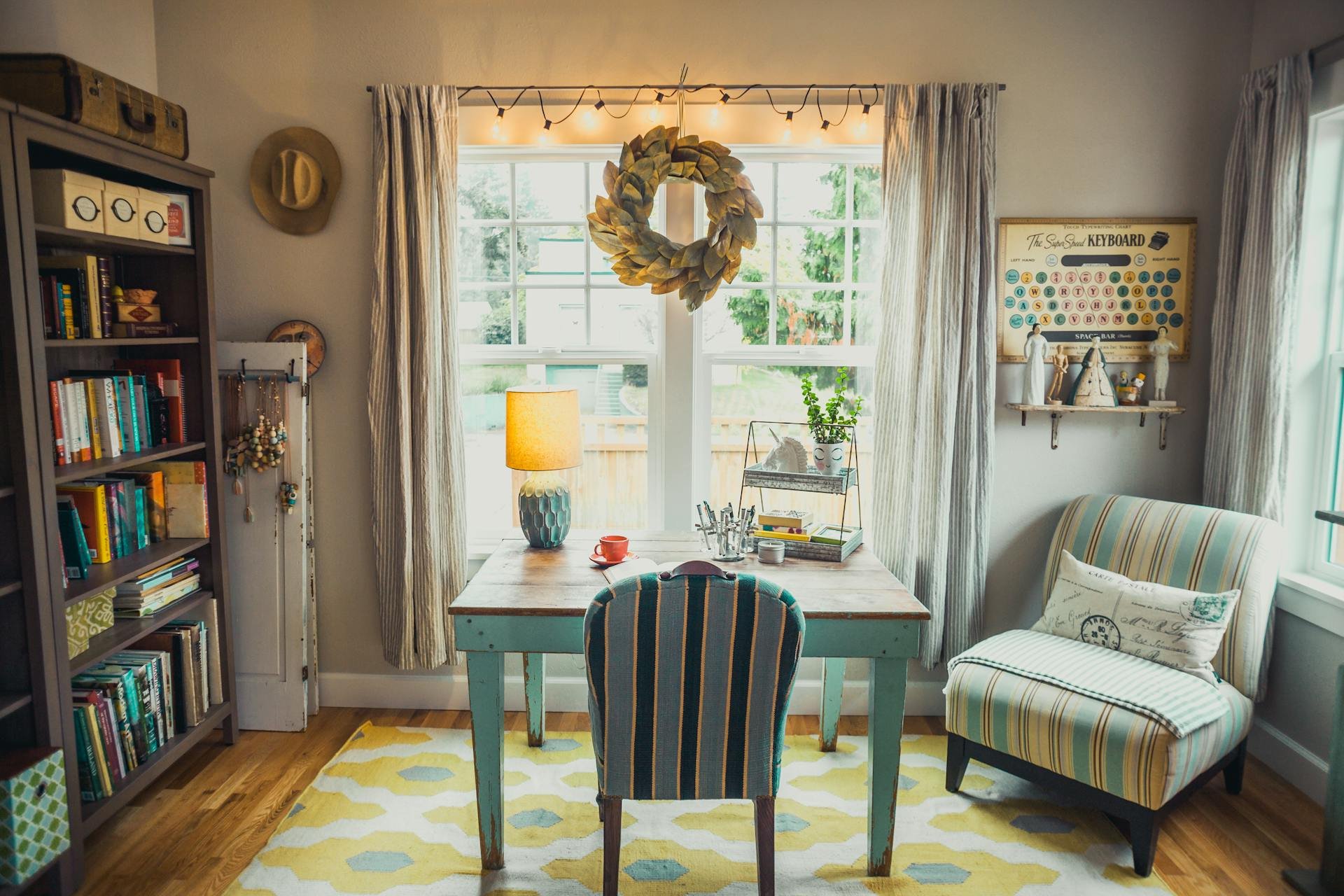Designing the Ultimate Work Space for Performance and Well-Being
Remote and hybrid work have transformed the way people perceive office life. With home and work now sharing the same space, more professionals are reworking their setups to better support their focus and well-being. The way your environment feels can shape your entire workday.
The wonderful Katie Brenneman writes this week’s article. Thank you, Katie, for writing this for me.
Forget the idea that productivity only comes from discipline or willpower. The setup around you matters. This article examines specific upgrades that can help, from reducing noise and adjusting your seating position to utilising light, space, and layout to keep you focused.
Cut the Noise for Better Focus
Noise has a way of creeping into your workflow. Whether it’s traffic outside or conversations in the next room, background sounds wear down your concentration and energy.
Even typical home noise can become overwhelming. Luckily, you can fix it. Figuring out what’s making the most noise and tackling it head-on can make your space a calmer place to work. Getting rid of unwanted noise can look like simple fixes: adding rugs, thick curtains, or door draft blockers that help absorb the sound.
If you need more of a buffer, soundproofing upgrades like acoustic panels or better windows can offer stronger relief. These changes cut back on noise and help your space feel more grounded. Some changes, especially improving your windows, can also help you save money through better insulation.
The Ergonomics You Can’t Ignore
Back pain and tight shoulders often come from sitting in the wrong chair for too long. Most people don’t realise how much discomfort sneaks in until it’s already affecting their focus. Putting up with improper ergonomics for too long even comes with its own health risks.
The right chair supports your back and lets you sit upright with ease. Your feet should rest flat, knees in line with your hips. These tweaks may seem minor, but they help reduce strain and tension throughout the day.
Check your screen setup, too. Keep it level with your eyes and about an arm’s reach away. Make sure your wrists stay flat while typing or clicking. You don’t need high-end gear, just some thoughtful adjustments.
Even the best setup needs breaks. Shift your position, stretch out, or take a short walk. Movement keeps your body loose and helps reset your focus. A timer or app can help remind you to pause before discomfort sets in.
The Mood-Boosting Power of Space Design
The design of your space affects how you feel. Lighting, colour, and layout can set the tone for focus or make it harder to get anything done. So, well-thought-out remote office designs should strive to balance aesthetics and functionality.
Start by thinking about what you need your space to do for you, then plan around that goal. A functional and comfortable office space should reduce friction, ease mental load, and support the kind of work you want to accomplish.
Natural light is ideal, but if that’s limited, choose bulbs that mimic daylight. Adjustable desk lamps allow you to fine-tune the brightness according to the task.
Colours can nudge your mood, too. Blues and greens are calming, while warmer colours add a bit of energy. Some coloured accents or art can also help shift the tone of your workspace.
Keep things organised. Face your desk toward a window if you can, or arrange it so you’re not staring into a high-traffic area. A clean, intentional setup makes it easier to stay engaged.
Create a Personalised Productivity Zone
Generic setups don’t work for everyone. When your space feels like your own personal sanctuary, it’s easier to settle in, stay focused, and be productive. Some unique details, like a favourite object on your desk or the right lighting, make a big difference in how connected you feel to your workspace.
If you’re working in a small apartment or shared home, claim a dedicated spot. It could be a corner of a room or a fold-out table. Use rugs, dividers, or shelving to define the area and help your brain shift into work mode.
Know your own rhythm. If you’re sharpest in the morning, set up your space to take advantage of that. Set your desk near natural light, away from distractions. If evenings are your prime time, go for softer lighting and fewer interruptions.
Every environment has room for improvement. Whether it’s rearranging your tools or picking one reliable setup and sticking with it, those small efforts add up to a smoother, more productive day.
Conclusion
Your space sets the tone for your work. A supportive setup can boost focus, ease stress, and help you get more done without wearing yourself out.
Pick one thing to improve this week, whether it’s silencing distractions, adjusting your chair, or cleaning up your lighting. Then, pay attention to how it affects your day. Let small changes guide the next step, and you’ll build space that evolves with your needs.
Katie Brenneman is a passionate writer specialising in lifestyle, mental health, education, and fitness-related content. When she isn’t writing, you can find her with her nose buried in a book or hiking with her dog, Charlie. To connect with Katie, you can follow her on X.
If you’d like more time management tips (like this one) in your inbox, please do join my newsletter
Get a copy of my latest book, Your Time Your Way: Time well managed, life well lived.

